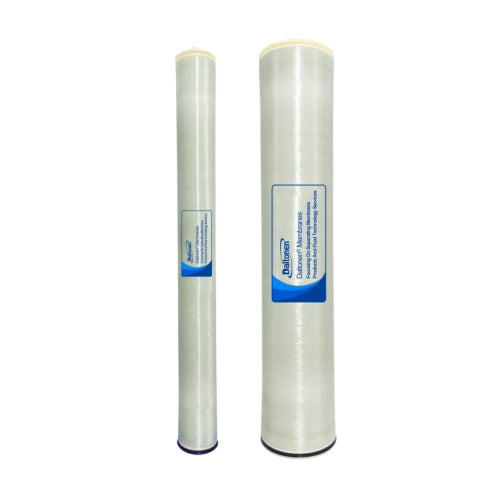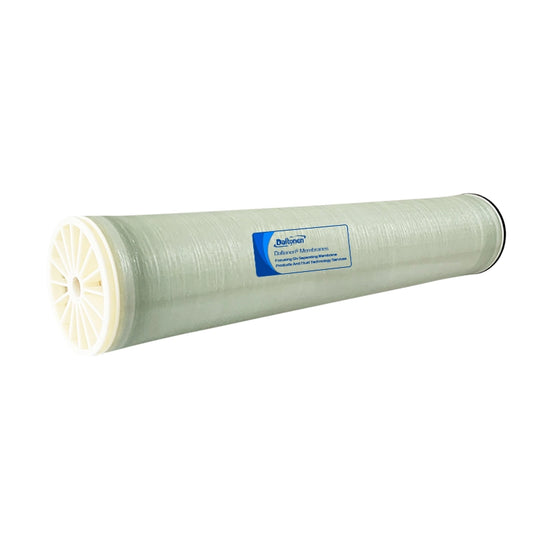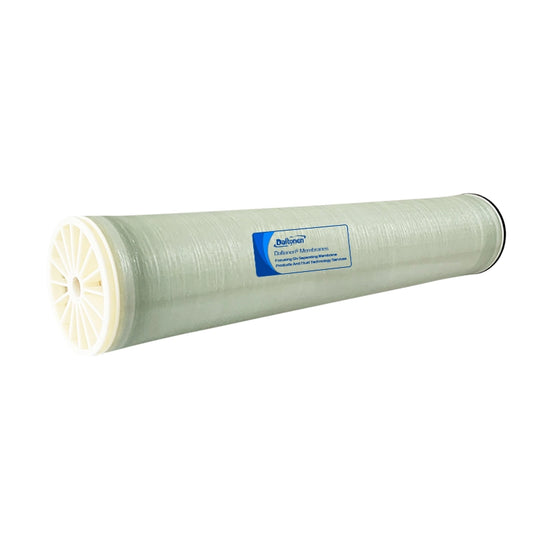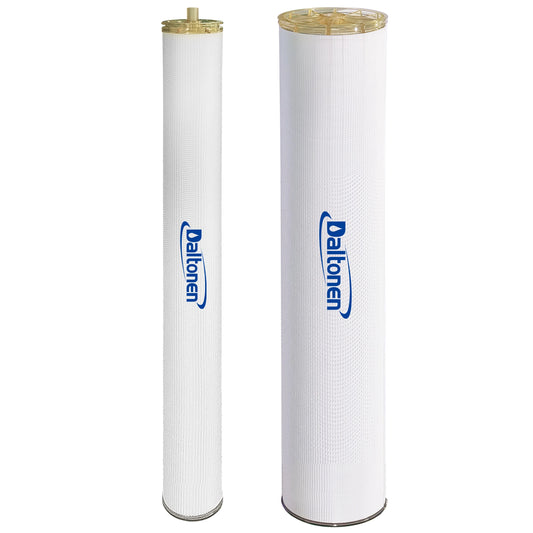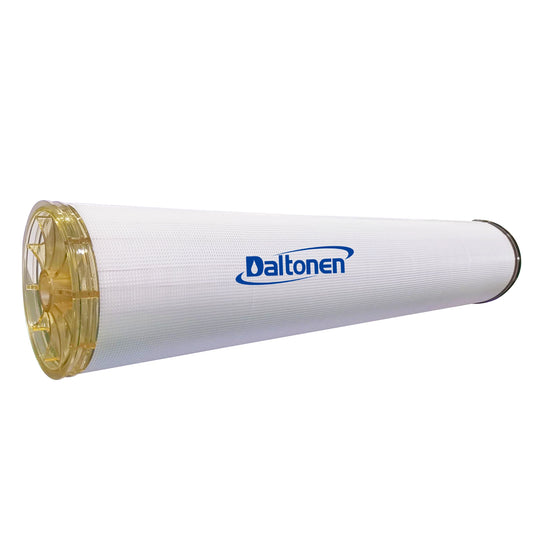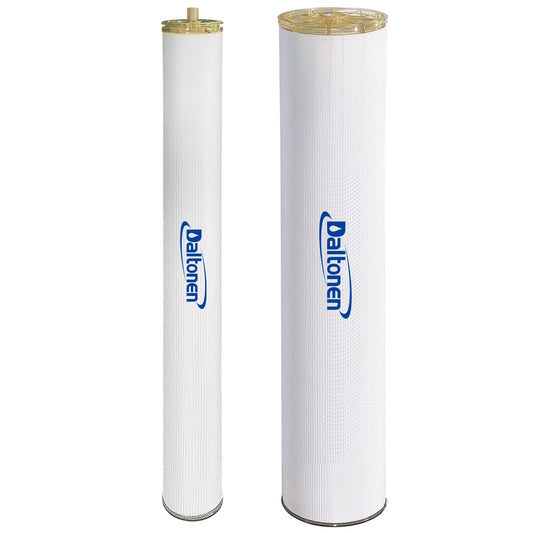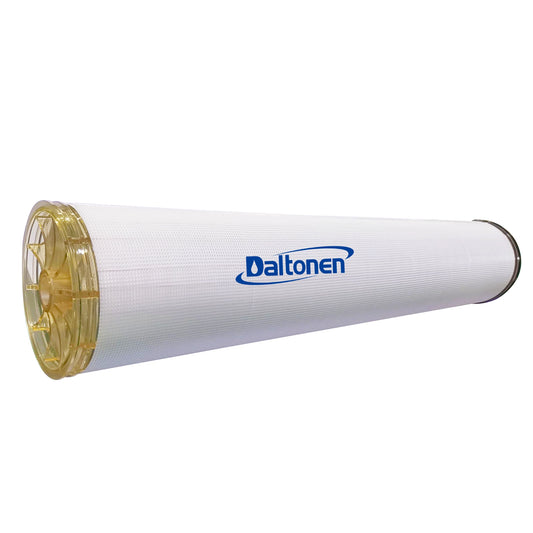Strategic Transition from a Core Water Treatment Technology to a Resource Recovery Platform
Strategic Transition from a Core Water Treatment Technology to a Resource Recovery Platform
I. Material Innovation: From Structural Improvement to Functional Reconfiguration
-
Industrialization Breakthrough of Biomimetic Smart Membranes
Aquaporin-based biomimetic membranes will achieve a significant leap from the laboratory to industrialization within the next decade. Through protein engineering via directed evolution, their stable lifespan is expected to increase from the current few thousand hours to over 10,000 hours. By 2028, the first large-scale production line is anticipated, reducing the unit cost to within 2.5 times that of current polyamide membranes. These membranes will be initially applied in high-end sectors like pharmaceuticals and electronics, offering water flux 5-8 times that of conventional membranes with molecular-level separation capabilities.
-
Engineering Applications of Two-Dimensional Materials
Membranes based on two-dimensional materials like graphene and MXene will witness breakthrough progress between 2027 and 2030. Techniques like Atomic Layer Deposition will enable the fabrication of large-area, defect-free single-layer membranes, potentially increasing water flux by more than tenfold. More importantly, surface functionalization of these materials will allow for precise sieving of specific ions, providing novel solutions for extracting strategic metals like lithium and cobalt.
-
Innovative Applications of Smart Responsive Materials
Next-generation membrane materials will possess environmental adaptability: pH-responsive membranes can dynamically adjust pore size to accommodate wastewater of varying acidity/alkalinity; temperature-sensitive membranes can optimize flux based on temperature changes; photocatalytic self-cleaning membranes can degrade pollutants under UV light. These smart membranes will significantly reduce cleaning frequency and extend service life to 8-10 years.

II. Expansion of Application Boundaries: From Water Treatment to a Resource Cycle Hub
-
Resource Recovery Revolution in Industrial Wastewater
RO membranes will become the core of "Zero Liquid Discharge" systems for industrial wastewater. Through deep coupling with technologies like high-pressure membranes and electrodialysis, highly efficient concentration chains will be formed, concentrating valuable components in wastewater to economically recoverable levels. By 2030, membrane technology-based resource recovery is expected to form a market worth hundreds of billions in areas like lithium extraction from salt lakes and electronic wastewater treatment.
-
New Model for Water-Energy Nexus
Pressure Retarded Osmosis technology will achieve commercial operation due to the emergence of high-performance membranes. Coastal desalination plants could simultaneously produce freshwater and generate power from salinity gradients, creating a new "water-power cogeneration" model. Furthermore, the deep integration of membrane technology with photovoltaics and wind power will promote a sustainable "green electricity for green water" model.
-
Personalized Water Treatment Solutions
Reverse osmosis membranes tailored for specific industry needs will enable customized production. Examples include selective separation membranes specifically for heavy metal removal, and antifouling membranes for high-salinity wastewater, meeting precise treatment requirements for different scenarios.
III. Intelligent Transformation: From Experience-Driven to Digital Empowerment
-
Full Lifecycle Digital Twins
Future large-scale RO systems will be equipped with comprehensive digital twin systems. Using embedded sensor networks to collect real-time operational data, a virtual mirror of the system can be created for predictive maintenance, fault diagnosis, and energy efficiency optimization. By 2028, this technology is expected to be widespread in large seawater desalination plants, potentially reducing system energy consumption by an additional 15-20%.
-
AI-Driven Innovation Paradigm
Artificial Intelligence will deeply participate in membrane material R&D, system design, and operational optimization. Machine learning algorithms can screen for optimal material combinations, quantum computing will accelerate the simulation and design of new membrane materials, and intelligent algorithms can automatically adjust operating parameters based on water quality fluctuations. This could shorten the RO system design cycle by 50% and improve energy efficiency by over 30%.

IV. Sustainable Development: Green Transition and Circular Economy
-
Carbon Footprint Management
A full lifecycle carbon footprint accounting system will be established, tracking carbon emissions from material production and membrane manufacturing to system operation. Through innovations in green manufacturing processes, the carbon footprint per unit of membrane product is aimed to be reduced by 40% before 2030. The development and application of bio-based membrane materials will gradually replace petroleum-based materials, driving the industry's green transition.
-
Circular Economy Models
A comprehensive system for recycling and regenerating end-of-life RO membranes will be built. Advanced chemical separation technologies will enable the efficient separation and purification of the polyamide functional layer from the polysulfone support layer, achieving a recovery rate of over 80% for key materials. By 2035, the goal is to transition the RO membrane industry towards a circular economy model.
Development Pathway Outlook
-
Near-term (2025-2028):Completion of pilot verification for biomimetic and 2D material membranes; demonstration applications for smart responsive membranes; promotion of digital twin technology in large-scale projects.
-
Mid-term (2029-2032):Significant cost reduction for new membrane materials; AI design platforms become industry standard; comprehensive implementation of carbon footprint management.
-
Long-term (2033-2035):RO membranes evolve into comprehensive resource recovery platforms; realization of "zero-carbon" water plants; essential completion of the circular economy industrial chain.
Summary
Over the next decade, reverse osmosis membrane technology will undergo a strategic transformation from an "efficient separation element" to an "intelligent resource recovery platform." This shift is reflected not only in breakthroughs in material performance but also in the deep integration with digital technology, energy technology, and resource recycling technology. The RO membrane industry will develop into a key pillar supporting water security, strategic resource recovery, and the green low-carbon transition, providing core technological support for global sustainable development.
(This perspective is based on comprehensive analysis of research frontiers from top-tier journals like Nature Waterand ES&T, global patent analysis, and interviews with industry experts. It is for reference only.)
